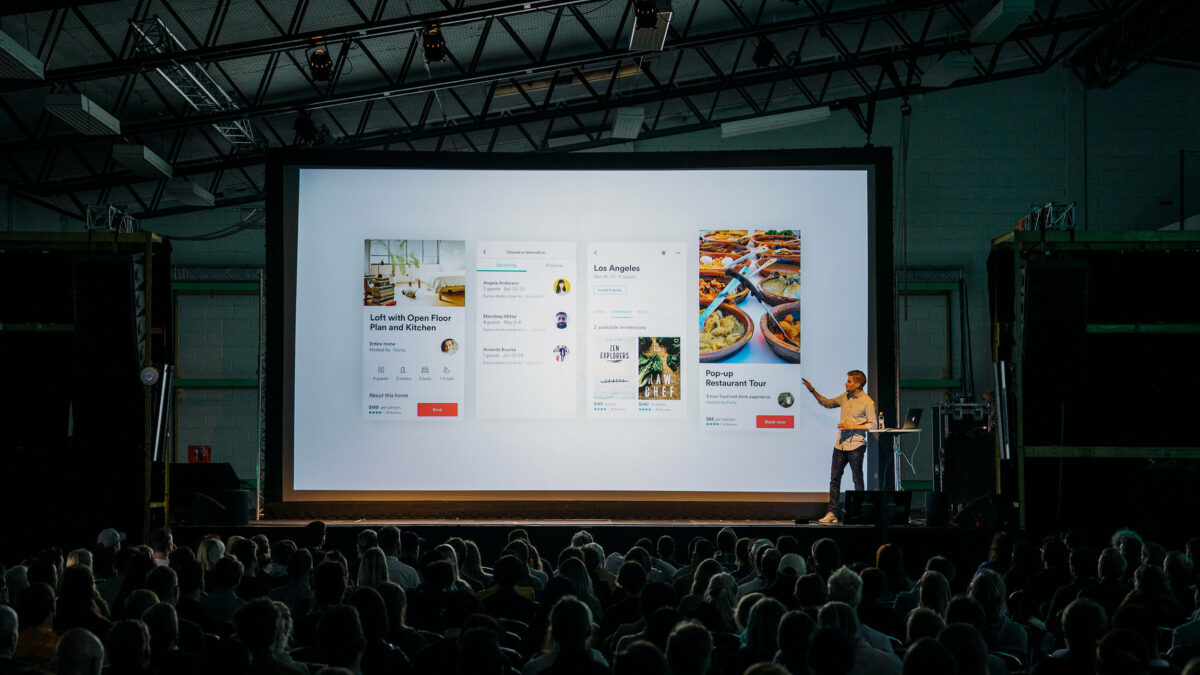
CIOs can help drive business value by following the lead of high-performing companies that use advanced analytical techniques and data-driven insights to rise above their competitors.
Data analytics has helped rewrite the rules of business competition, creating a growing number of analytical competitors—businesses that have gained an advantage by competing not only on products or services but also on advanced analytical capabilities.
Many companies use analytics to drive decision-making and better understand their businesses, markets, and customers; analytical competitors go a step beyond by leveraging analytics extensively and systematically to help outthink and outmaneuver the competition. Many of today’s most advanced analytical competitors are Silicon Valley innovators that pioneered applications—such as search engine algorithms, network graphs, recommendation systems, and advertising algorithms—and have since moved on to analytics for employee performance, digital marketing attribution, venture capital investment decisions, and many others.
As we discuss in the book “Competing on Analytics: The New Science of Winning,” CIOs and other business leaders can follow the lead of these high-performing companies by examining their strategies and business capabilities to understand where their companies can gain an analytical edge. This involves focusing on what makes their organizations distinctive—an operational process, business capability, or company characteristic—and how analytics can support or drive these distinctions.
For example, a technology company known for a creative and innovative corporate culture can use insights-driven recruitment to make the best hiring decisions, align talent to business objectives, and define the future workforce. Leveraging data, HR leaders can determine why top talent leaves the company and which employees are most likely to succeed in specific functional areas.
To further differentiate themselves, analytical competitors often identify measures of their distinctive capabilities that other organizations do not yet employ. After identifying these measures, they can collect data, make decisions based on the measures, and embed them into their daily work processes.
Many analytical competitors eventually apply analytics to most functional areas of their businesses, using advanced predictive, prescriptive, and autonomous analytical tools for marketing, supply chain, finance, M&A, operations, R&D, and HR.
To further refine their competitiveness, analytical leaders typically emphasize two key resources: human and technological. On the human side, businesses can create data-first company cultures, which survey results suggest are elusive despite successful analytics initiatives. Management understanding, organizational alignment, and general organizational resistance are often the culprits. CIOs can help nurture data-driven cultures by advocating for analytical strategies and decisions with passion and by personal example. For instance, they can require data or analytics in support of all major decisions and reward employees who use data and analytics to make decisions.
Analytical competitors need analytical professionals, data scientists, decision scientists, and others whose primary job is to develop and refine analytics. They may work in an analytics center of excellence or other centralized organization, or be distributed across business functions. They typically share approaches and ideas and work to educate the organization’s analytical amateurs.
These data experts are typically not narrowly focused “quant jocks”—rather, they’re able to think broadly about whether their analytical models and data are still relevant to their businesses and constantly re-examine the assumptions behind them. If a particular type of analysis becomes commoditized throughout their industries, they can seek a new basis for analytical competition. They likely use intuition sparingly but strategically, when it isn’t possible to test an assertion or gather data for an analysis.
In terms of technology and tools, many analytical competitors share a commitment to high-quality data; enterprisewide strategic planning, analytics capabilities, processes, and data governance principles; and a comprehensive enterprisewide analytic architecture that is fully automated and integrated into business processes.
These companies generate reams of internal data from enterprise systems, point-of-sale systems, and web transactions as well as external customer and supplier data, which is combined across the business and organized and stored in warehouses and Hadoop clusters. Integrated analytics suites or platforms—both proprietary and open source—support reporting and analytics. In domains where decisions must be made rapidly or often, analysis is embedded into automated decision systems, allowing human overrides only under specified conditions.
Another characteristic of analytical competitors is a realization that they must sustain their analytics-driven competitive advantage into the future, especially as more companies jump into analytics. New analytical competitors in their markets haven’t caused Silicon Valley’s analytical leaders to retreat; on the contrary, they’ve doubled down on capabilities such as artificial intelligence software, proprietary mapping data, autonomous vehicle data analysis, and video analysis.
CIOs can help by advocating for new methods and technologies like machine learning and cognitive technologies; preparing IT teams to evaluate, install, maintain, and provide support for new products; and developing a sandbox environment where employees can experiment with analytical technologies.
To outperform their peers, analytical competitors will likely continue to rely on data and analytics to find and keep loyal customers; develop efficient and effective marketing campaigns and promotions; excel at insights-driven customer service; and create ultra-efficient supply chains. Their increased ability to understand both internal and external business environments will likely allow them to continue to predict competitive challenges and identify solutions ahead of others in their industries. Analytical competitors will likely continue to lead their industries into the future.